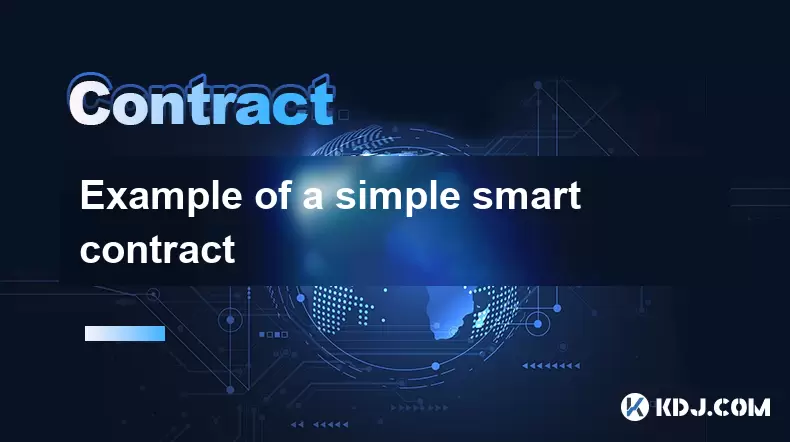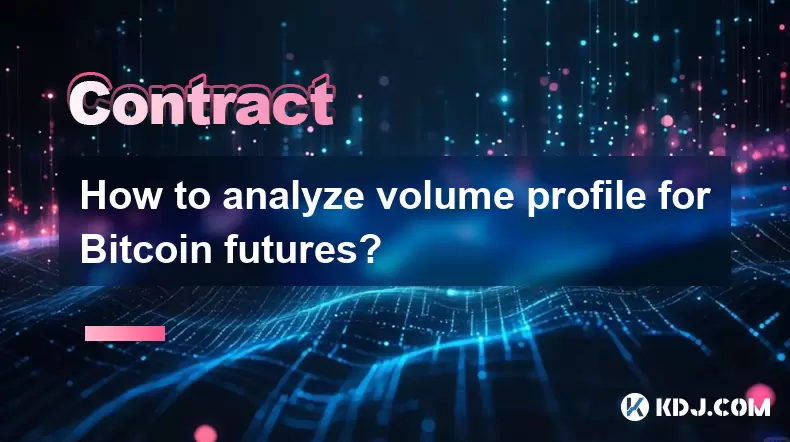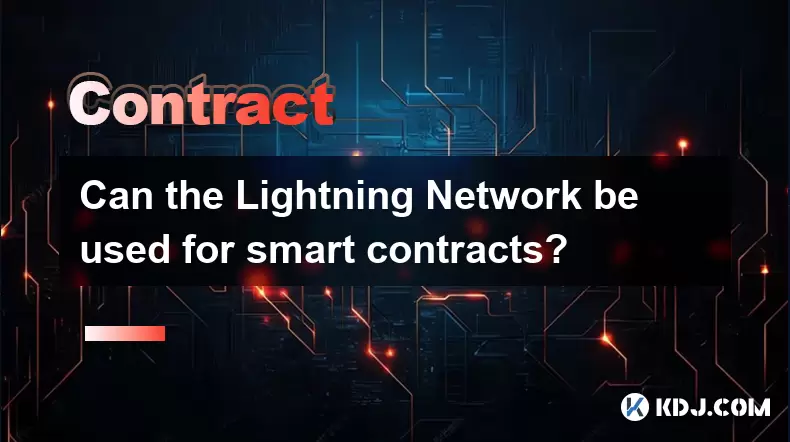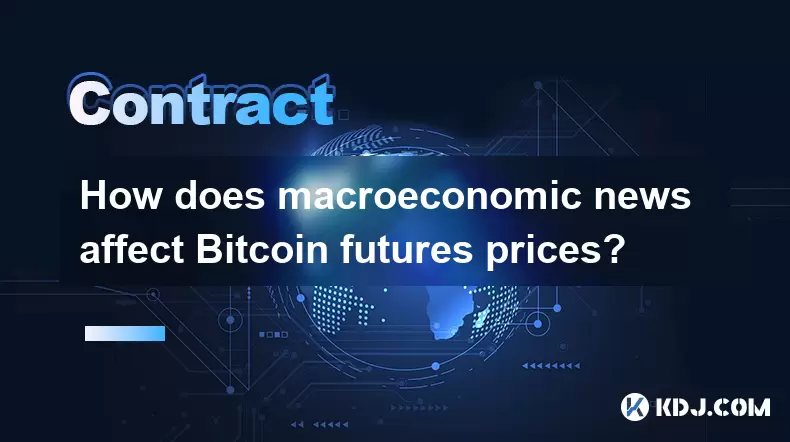-
 Bitcoin
Bitcoin $119,789.8937
2.84% -
 Ethereum
Ethereum $3,398.4973
11.56% -
 XRP
XRP $3.0928
7.47% -
 Tether USDt
Tether USDt $1.0004
0.03% -
 BNB
BNB $713.4285
4.11% -
 Solana
Solana $174.9104
8.80% -
 USDC
USDC $0.9999
0.00% -
 Dogecoin
Dogecoin $0.2120
9.64% -
 TRON
TRON $0.3067
2.00% -
 Cardano
Cardano $0.7803
7.46% -
 Hyperliquid
Hyperliquid $47.9787
1.70% -
 Stellar
Stellar $0.4739
6.54% -
 Sui
Sui $4.0601
2.50% -
 Chainlink
Chainlink $16.9821
8.15% -
 Hedera
Hedera $0.2418
6.99% -
 Bitcoin Cash
Bitcoin Cash $506.7855
3.65% -
 Avalanche
Avalanche $22.8880
6.17% -
 Shiba Inu
Shiba Inu $0.0...01455
8.44% -
 UNUS SED LEO
UNUS SED LEO $8.8157
-0.92% -
 Toncoin
Toncoin $3.1853
5.31% -
 Litecoin
Litecoin $99.4030
4.15% -
 Polkadot
Polkadot $4.2308
6.47% -
 Monero
Monero $330.6738
-1.66% -
 Pepe
Pepe $0.0...01391
12.17% -
 Uniswap
Uniswap $9.2367
2.43% -
 Bitget Token
Bitget Token $4.7635
5.75% -
 Dai
Dai $0.9999
-0.01% -
 Ethena USDe
Ethena USDe $1.0009
0.05% -
 Aave
Aave $331.7963
4.15% -
 Bittensor
Bittensor $443.9105
4.35%
Example of a simple smart contract
A smart contract is a self-executing agreement written in code, deployed on blockchain platforms like Ethereum to automate actions when conditions are met.
Jul 16, 2025 at 11:50 pm

Understanding Smart Contracts
A smart contract is a self-executing contract with the terms of the agreement directly written into code. It runs on blockchain technology and automatically executes actions when predefined conditions are met. The most popular platform for deploying smart contracts is Ethereum, which uses the Solidity programming language.
To understand how a simple smart contract works, consider a basic example: a contract that stores a value and allows it to be updated. This can be used as a foundation for more complex applications such as token transfers, decentralized finance (DeFi) protocols, or NFTs.
Smart contracts eliminate intermediaries by enforcing trust through code, ensuring transparency and reducing the need for manual oversight.
Writing a Basic Smart Contract in Solidity
Let’s create a simple smart contract using Solidity, Ethereum's primary programming language. This contract will store an unsigned integer and allow anyone to update its value.
Here’s the basic structure:
pragma solidity ^0.8.0;contract SimpleStorage {
uint storedData;
function set(uint x) public {
storedData = x;
}
function get() public view returns (uint) {
return storedData;
}
}
This contract has two functions:
set(uint x)– updates the stored value.get()– retrieves the current value.
Each line of this code plays a crucial role in defining the behavior of the contract on the Ethereum Virtual Machine (EVM).
Deploying the Smart Contract
To deploy this contract, you’ll need:
- A Solidity compiler (e.g., Remix IDE)
- An Ethereum wallet (e.g., MetaMask)
- Testnet ETH for gas fees
Steps:
- Open Remix IDE
- Create a new file named
SimpleStorage.sol - Paste the above code into the editor
- Select the appropriate compiler version under the Compiler tab
- Switch to the Deploy & Run Transactions tab
- Choose Injected Web3 and connect your MetaMask wallet
- Click Deploy
Once deployed, you’ll see the contract address and available functions in the interface.
Deployment costs gas fees, so ensure your wallet contains sufficient testnet ETH before proceeding.
Interacting with the Deployed Contract
After deployment, you can interact with the contract using the functions provided in Remix. These include setting and retrieving values.
To update the stored value:
- Expand the
setfunction - Enter a number in the input field
- Click transact
- Confirm the transaction in MetaMask
To retrieve the value:
- Expand the
getfunction - Click call
These interactions demonstrate how users can engage with blockchain-based applications without needing backend servers.
Every interaction with a smart contract requires a transaction, which must be signed and confirmed via your wallet.
Security Considerations for Smart Contracts
Even a simple smart contract like this one should be reviewed for security best practices. While this example doesn’t involve sensitive data or funds, real-world contracts often do. Common issues include:
- Reentrancy attacks
- Integer overflow/underflow
- Improper access control
For this contract, adding modifiers to restrict who can call set could enhance security. For instance:
address owner;constructor() {
owner = msg.sender;
}
modifier onlyOwner {
require(msg.sender == owner, "Only owner can call this function");
_;
}
Apply the modifier to the set function:
function set(uint x) public onlyOwner {storedData = x;
}
Security should never be an afterthought in smart contract development, even for seemingly harmless contracts.
Frequently Asked Questions
What tools are required to write and deploy a smart contract?
You can use online platforms like Remix IDE to write and deploy smart contracts without installing any software. Additionally, you'll need a wallet like MetaMask and some testnet ETH for gas fees.
Can I modify a deployed smart contract?
No, once a smart contract is deployed on the blockchain, its code cannot be changed. You would need to deploy a new contract if modifications are necessary.
How much does it cost to deploy a smart contract?
The cost depends on the complexity of the contract and the current network congestion. Simpler contracts cost less in gas fees compared to more complex ones.
Is it possible to read data from a smart contract without paying gas?
Yes, reading data via a view function does not alter the state and therefore does not require gas. However, writing or changing data always incurs a fee.
Disclaimer:info@kdj.com
The information provided is not trading advice. kdj.com does not assume any responsibility for any investments made based on the information provided in this article. Cryptocurrencies are highly volatile and it is highly recommended that you invest with caution after thorough research!
If you believe that the content used on this website infringes your copyright, please contact us immediately (info@kdj.com) and we will delete it promptly.
- Tornado Cash, Exploits, and Roman Storm: A New York Minute on Crypto's Legal Storm
- 2025-07-17 04:30:13
- Inflation Data Sparks Altcoin Season: What's Happening in the US Economy?
- 2025-07-17 04:30:13
- Chainlink's Price Surge: Riding the Liquidity Wave to New Heights?
- 2025-07-17 03:50:13
- Blockchain to the Rescue: Thwarting Location Spoofing in the Age of Deception
- 2025-07-17 03:50:13
- Shiba Inu: Onchain Data Reveals Resistance Zones Blocking the Path to $0.000035
- 2025-07-17 04:10:14
- DOGE Price Watch: Support Levels and Crypto Market Sentiment
- 2025-07-17 04:10:14
Related knowledge

What is a stablecoin-margined contract vs a coin-margined contract?
Jul 15,2025 at 06:36pm
Understanding the Difference Between Stablecoin-Margined Contracts and Coin-Margined ContractsIn the world of cryptocurrency derivatives, margin plays...

How to analyze volume profile for Bitcoin futures?
Jul 17,2025 at 01:21am
Understanding Volume Profile in Bitcoin Futures TradingVolume profile is a crucial analytical tool used by traders to assess the distribution of tradi...

How to backtest a Bitcoin futures trading strategy?
Jul 15,2025 at 11:35am
Understanding Bitcoin Futures TradingBitcoin futures trading involves contracts to buy or sell Bitcoin at a predetermined price and date in the future...

Psychology of trading Bitcoin contracts
Jul 13,2025 at 02:50am
Understanding the Emotional Rollercoaster of Bitcoin Futures TradingBitcoin contract trading, especially in the form of futures, introduces a high lev...

Can the Lightning Network be used for smart contracts?
Jul 14,2025 at 11:28pm
Understanding the Lightning Network's Core FunctionalityThe Lightning Network is a second-layer solution built on top of blockchain protocols like Bit...

How does macroeconomic news affect Bitcoin futures prices?
Jul 15,2025 at 04:56pm
Understanding the Relationship Between Macroeconomic News and Bitcoin FuturesBitcoin futures are derivative contracts that allow traders to speculate ...

What is a stablecoin-margined contract vs a coin-margined contract?
Jul 15,2025 at 06:36pm
Understanding the Difference Between Stablecoin-Margined Contracts and Coin-Margined ContractsIn the world of cryptocurrency derivatives, margin plays...

How to analyze volume profile for Bitcoin futures?
Jul 17,2025 at 01:21am
Understanding Volume Profile in Bitcoin Futures TradingVolume profile is a crucial analytical tool used by traders to assess the distribution of tradi...

How to backtest a Bitcoin futures trading strategy?
Jul 15,2025 at 11:35am
Understanding Bitcoin Futures TradingBitcoin futures trading involves contracts to buy or sell Bitcoin at a predetermined price and date in the future...

Psychology of trading Bitcoin contracts
Jul 13,2025 at 02:50am
Understanding the Emotional Rollercoaster of Bitcoin Futures TradingBitcoin contract trading, especially in the form of futures, introduces a high lev...

Can the Lightning Network be used for smart contracts?
Jul 14,2025 at 11:28pm
Understanding the Lightning Network's Core FunctionalityThe Lightning Network is a second-layer solution built on top of blockchain protocols like Bit...

How does macroeconomic news affect Bitcoin futures prices?
Jul 15,2025 at 04:56pm
Understanding the Relationship Between Macroeconomic News and Bitcoin FuturesBitcoin futures are derivative contracts that allow traders to speculate ...
See all articles

























































































